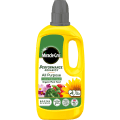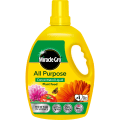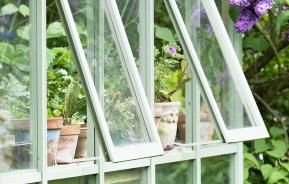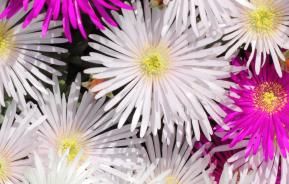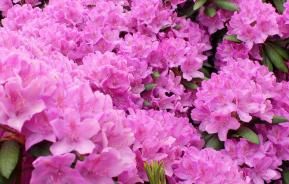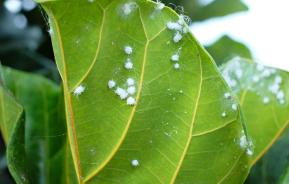Oedemas look like a wart disease has attacked the leaves. But it isn't a disease at all - it's a natural reaction of many plants to overwatering or taking up too much water from the soil or compost.
Description
Oedema occurs when plants take up more water than needed for transpiration (water loss) from the leaves. It often occurs in plants grown under glass, when the soil is warm and moist, and the air is cool but saturated.
Symptoms
Small blisters of excess water turn into brown wart-like marks on the underside of leaves and sometimes on stems and petals of flowers.
Treatment and control
Overwatering and high humidity cause the problem, so encourage more movement of warm air around the plants and allow the compost at the roots to dry out between watering. Increasing the space between plants will reduce humidity at the leaves.
Oedemas are often a problem on plants with fleshy leaves, such as pelargoniums, particularly over the winter.



